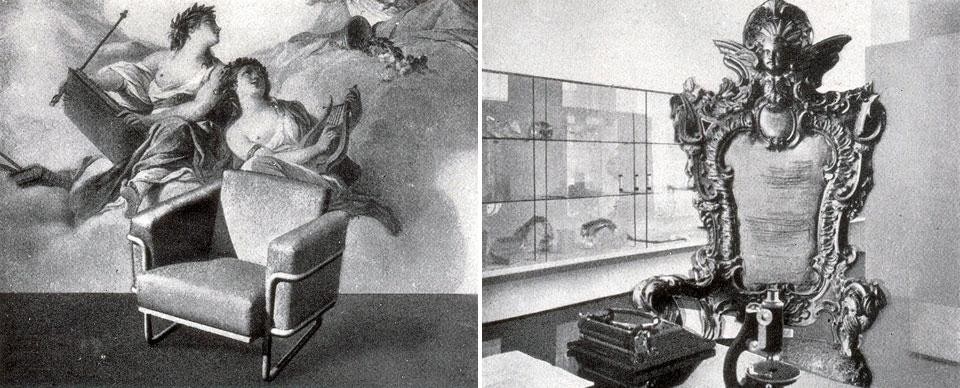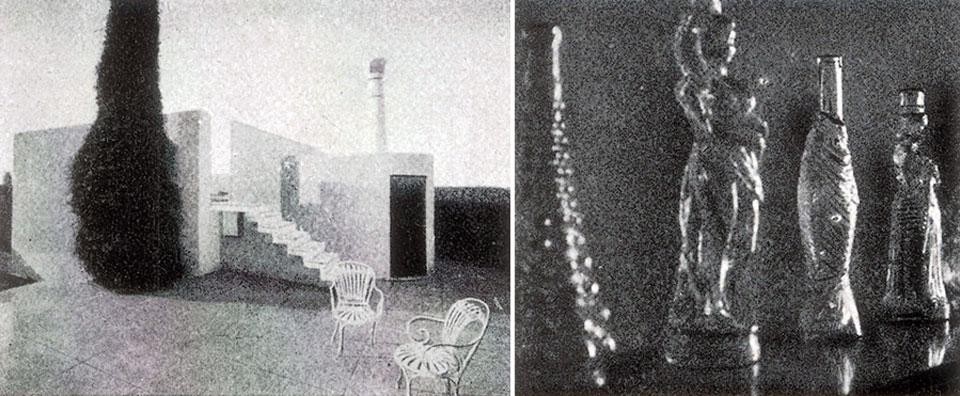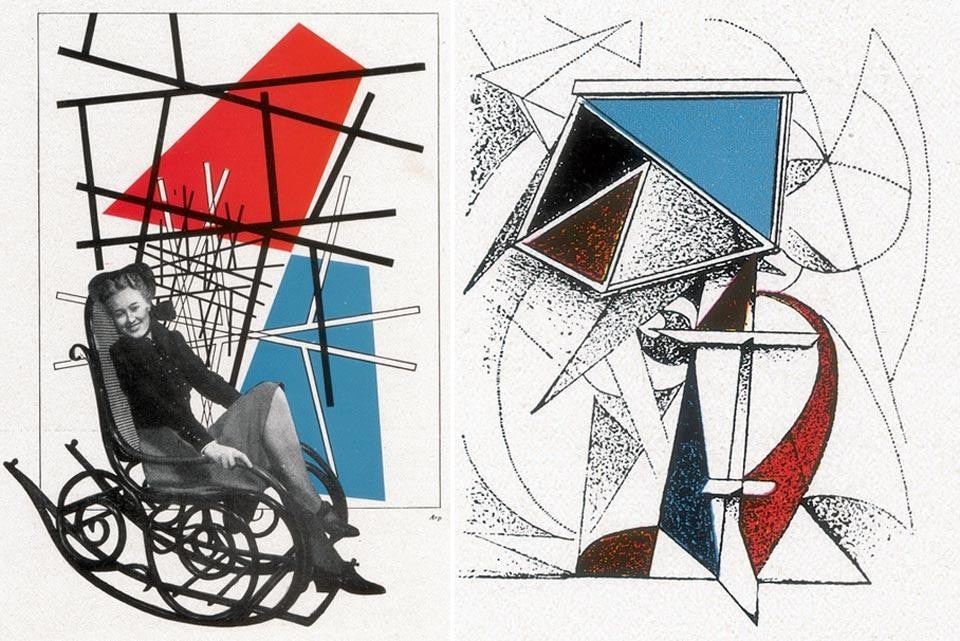This article was originally published in Domus 193 / January 1944
A taste for taste
In recent times, we have witnessed humble objects characteristic of a past era being shifted from the loft to the living room and occupying prominent positions. Why? It is the "taste for taste", a curious phenomenon representative, to my mind, of our times and by which we enjoy objects and things from other eras not with the taste that produced them but with another taste that is the "taste for taste" (I am little bothered by the tongue-twister, so long as it is clear).
Before this approach emerged, normal people entered antiques shops in the hope of purchasing a piece "in the same style" as their home and would never have placed a piece of baroque furniture in a Rational house. It would have been considered a ridiculous or crazy action, unexplained by logic.
It took an artist to discover this taste. I believe Le Corbusier was the first when he put a piece of baroque furniture into one of his houses. After him, the discovery became a fashion but a lifeless one, the mere imitation of a bright idea.
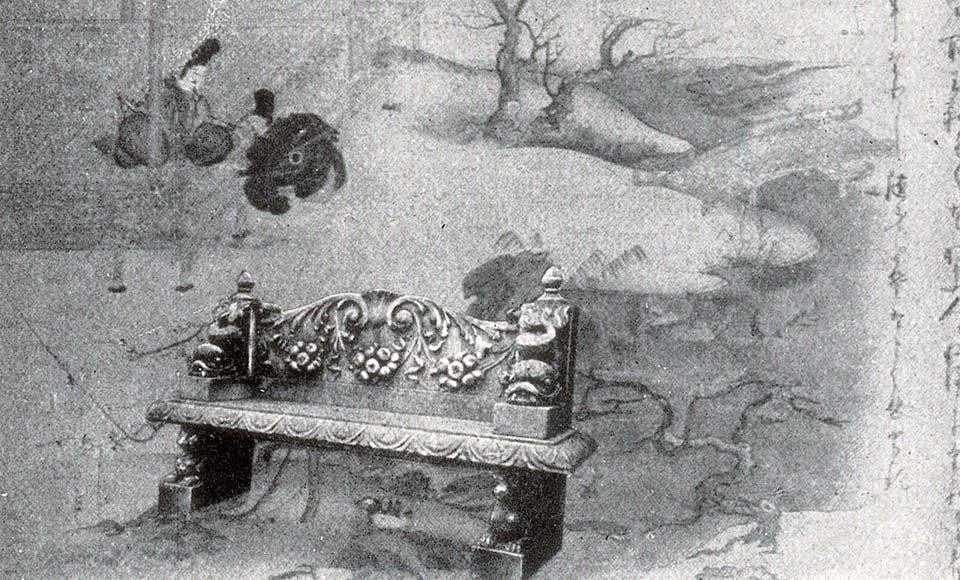
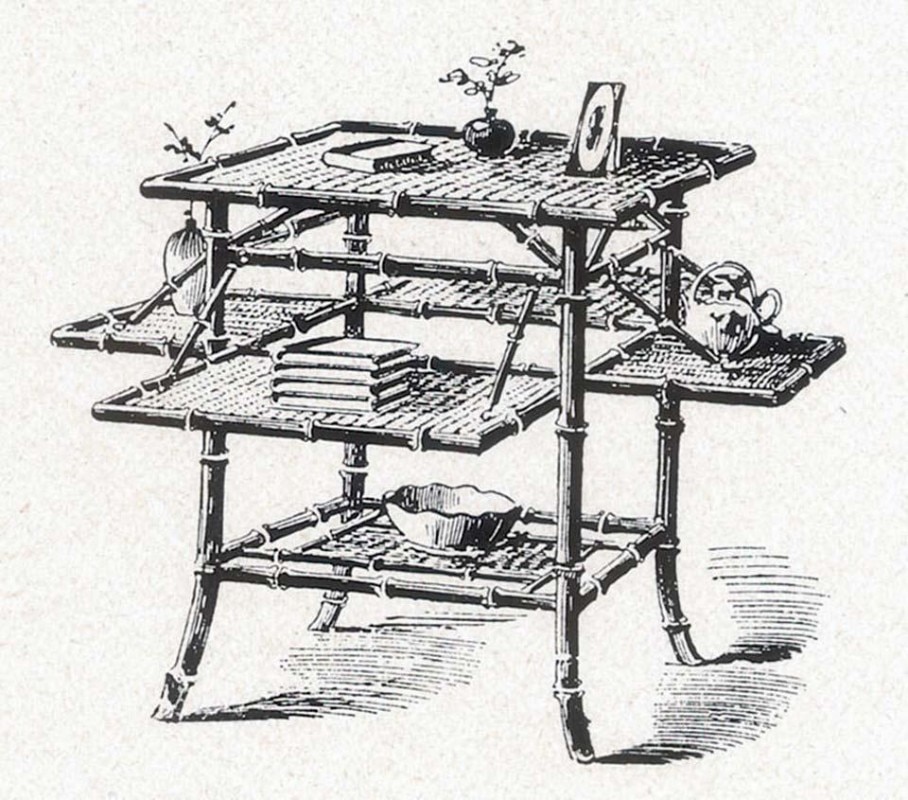
It took an artist to discover this taste. I believe Le Corbusier was the first when he put a piece of baroque furniture into one of his houses
